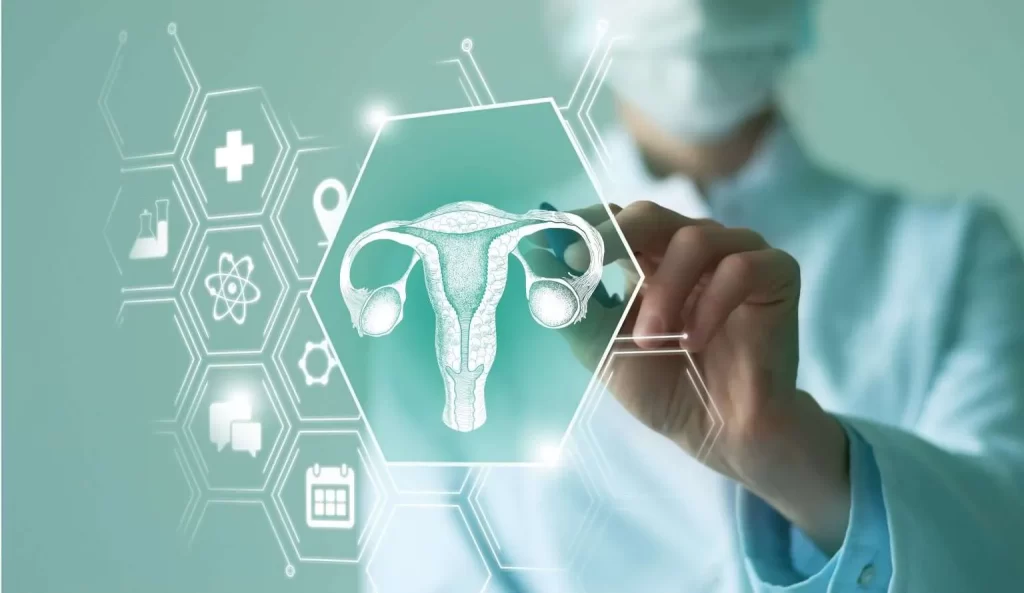Bringing image guided-therapy to rural communities in china

The geographical divides that make healthcare access a challenge in rural parts of the US and Kenya also exist in China. Like other countries, China’s medical institutions and highly qualified healthcare providers have historically concentrated in cities. These metropolitan hospitals are typically equipped with state-of-the-art medical systems and devices, unlike rural areas where specialized staff and equipment tend to be in short supply.
For patients in remote areas who experience sudden heart attack or stroke, accessing treatment may mean travelling hours to reach the nearest big-city hospital where clinicians can perform image-guided, minimally invasive procedures. This access barrier can severely decrease the chances of timely care and survival.
Fortunately, progress is being made in China to close the gap between urban and rural healthcare services. For example, Philips is collaborating with county-level hospitals to set up local treatment centers for patients with chest pain or stroke. These centers take an integrated approach that covers the entire care pathway: from early diagnosis of a patient’s condition in the ambulance and further diagnostic tests in the hospital, to minimally invasive procedures in the cath lab and patient monitoring in the ICU.














































